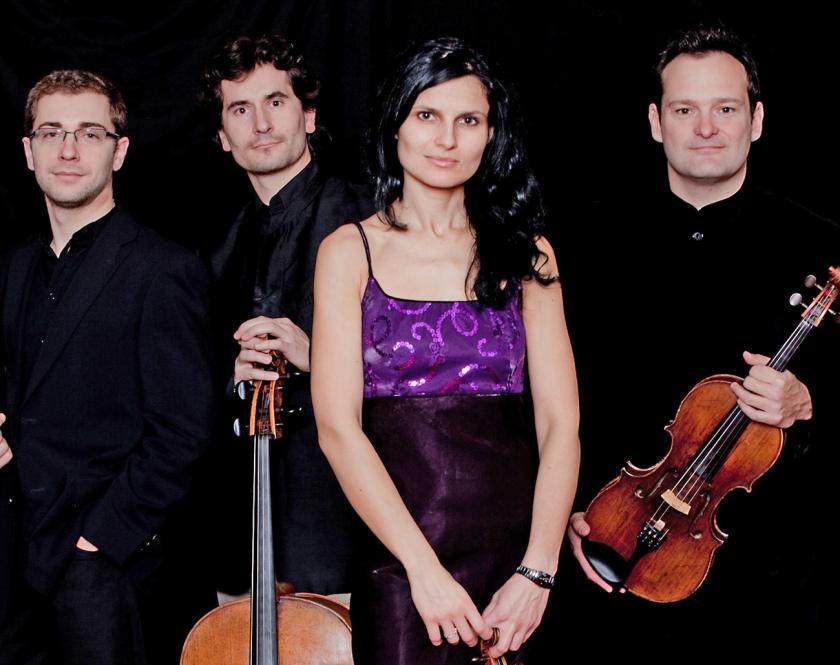To keep a string quartet on the road for 20 years requires patience, devotion and staying power. Therefore the Wigmore Hall's participation in the celebrations of the 20th anniversary of the Belcea Quartet, which is being marked in several European concert halls, is fitting testimony to the achievements of these players. Last night's concert was the first of their London series.
The Belcea Quartet in fact has only two members who have stayed the course since the 1990s, first violin Corina Belcea and violist Krzystof Chorzelski. The other two are more recent: the French cellist Antoine Lederlin joined in 2006, and French-Swiss violinist Axel Schacher in 2011.
The opportunity to hear Beethoven's ineffable masterpiece was very welcome
With this line-up the quartet has developed a style of quartet playing which favours bravura and extroversion. Their big gestures are very much at home in larger concert halls, and stem from what their website proclaims is a “dynamic and free interpretative style”. It is playing of the highest level, where intonation, ensemble and balance are impeccable.
This was the quartet's fourth public performance of the same programme in the past week, which helped to give these performances even greater security, even though the concert was delayed by the late arrival of their train from Brussels. The Belceas were heard to best advantage in Bartók's First Quartet of 1908-9. From the dense and murky counterpoint of the opening, through to the section often described as three petulant children (violins and viola) taunting a grumpy old man (cello), to a heartfelt rendition of the adagio episode of the last and a hard-driven finale, it was a performance both well-worked and utterly passionate.
I found their performances of core classical Viennese repertoire, Haydn's G major quartet from Op77 and Beethoven's colossal late C sharp minor quartet, far more problematic. That “dynamic and free” approach leads to interpretative decisions which sit uncomfortably. The adagio movement of the Haydn didn't have one pulse, it had two, with the contrasting phrases played at different speeds to give a more vivid and individual character to each, but it's a decision which distorts the balance and the flow of the movement. In the minuet and trio I found some of the lunges in volume awkward, with the descent from G major through D7 and into the E flat trio uncomfortably loud and forced, more Smetana than Haydn. To my ears, these unevennesses take the spirit too far from the dances that give them their life-force.
Beethoven's Op131 is the distillation of more than 600 pages of the composer's sketches, there is above all formal experimentation going on, and the best performances seek out the internal logic in its construction through matching and calibrating the tempi. Again I found the Belceas' refusal to allow a pulse to establish itself and to flow naturally to be an irritant. Their habit of repeatedly putting on the brakes to savour a modulation came across as mannered, disconcerting, and disruptive of the flow.
That said, the opportunity to hear Beethoven's ineffable and enduring masterpiece was very welcome, in a programme cleverly designed to bring out some interesting common threads in the work of three great masters of string quartet composition.
- The Belcea Quartet play the Wigmore Hall on 11 October (with cellist Valentin Erben) and 19 December (with pianist Till Fellner)













Add comment